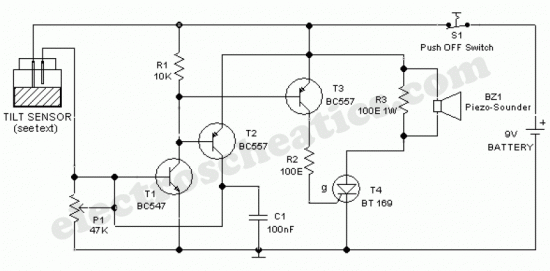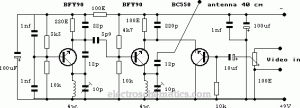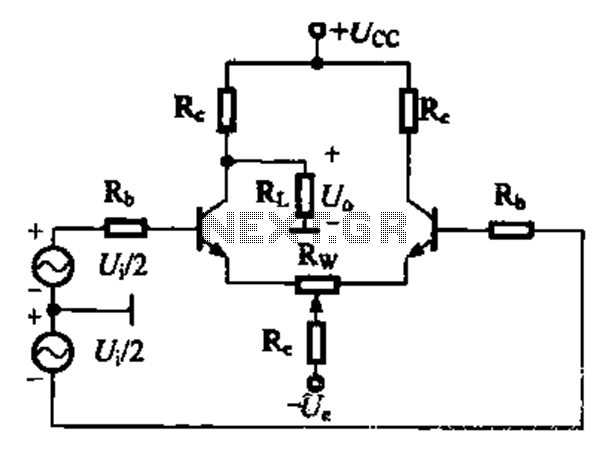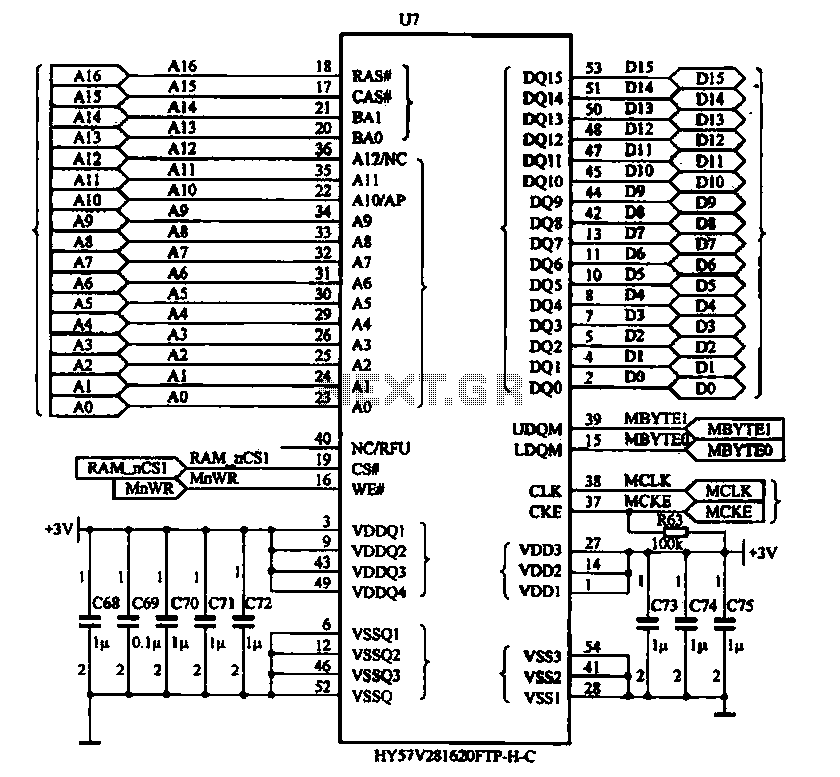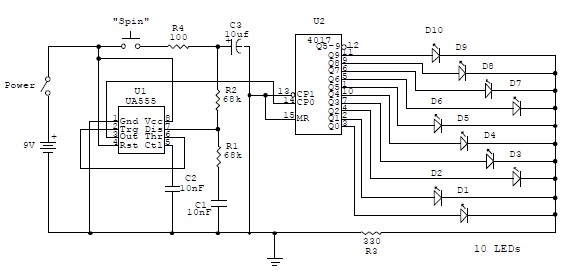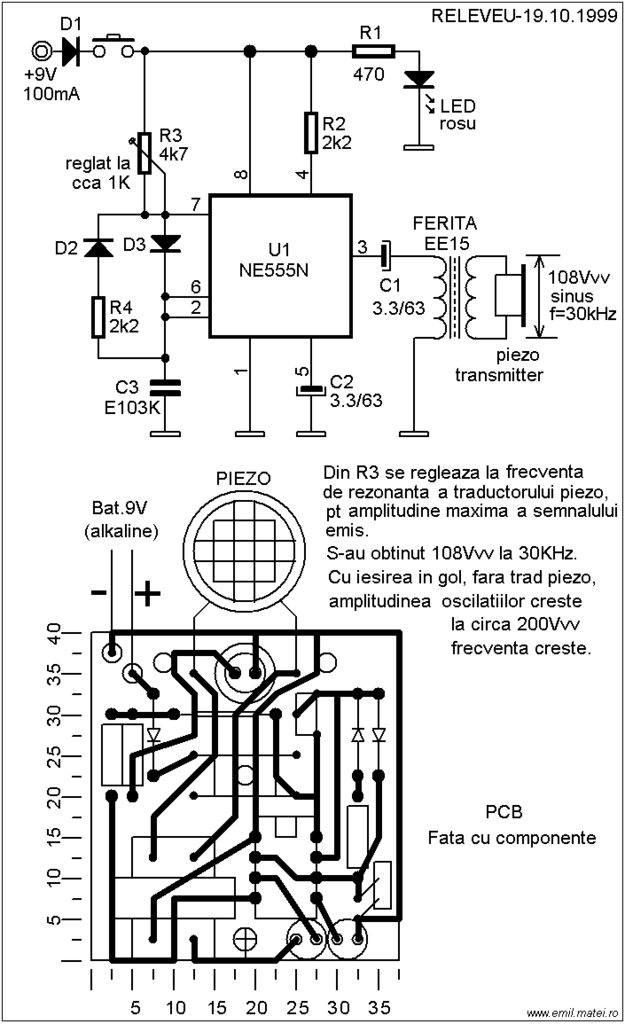
High-performance recording front end circuit
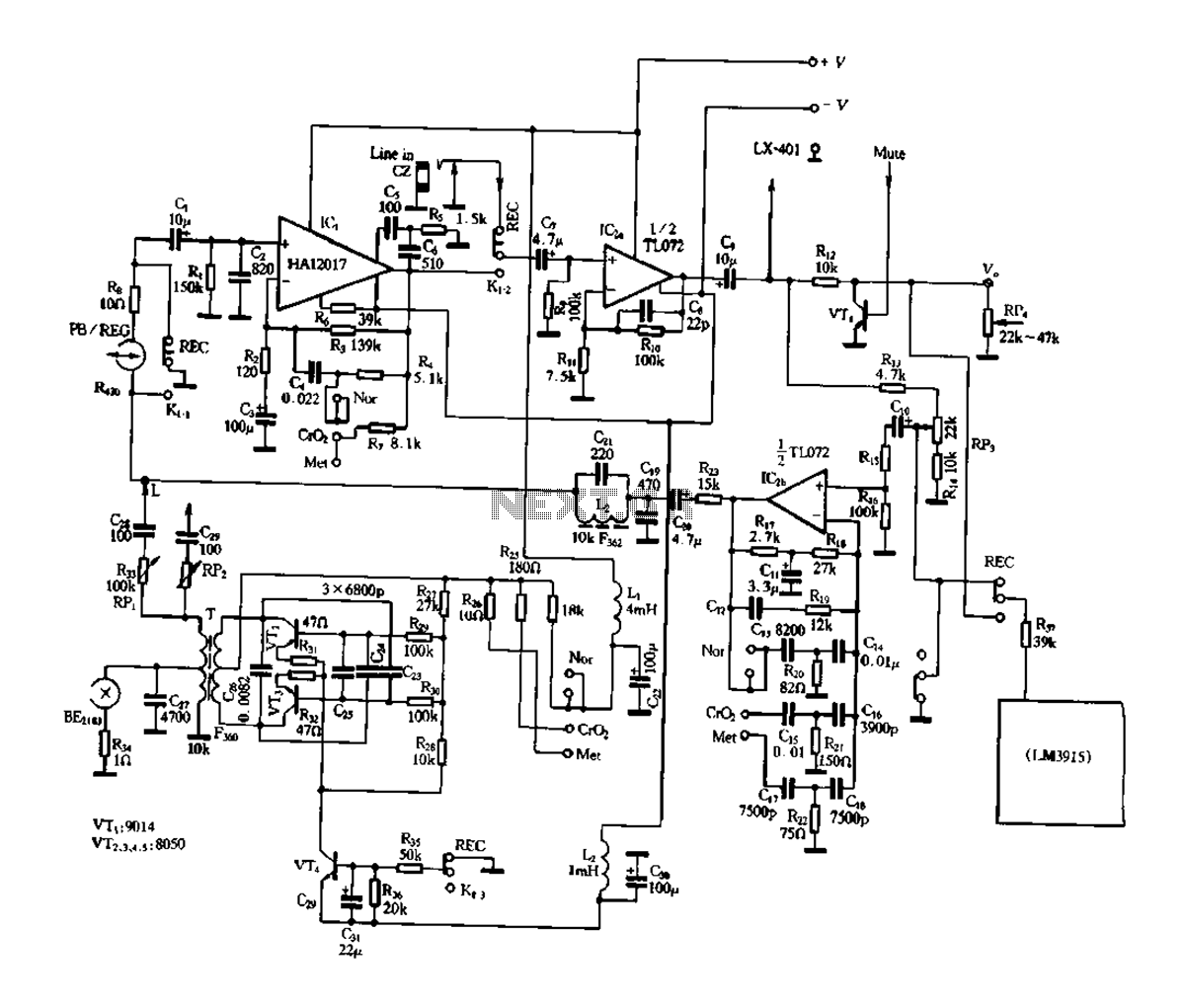
Figure 3-17 illustrates a pre-equalizer amplifier with sound recording capabilities, featuring the following characteristics: (1) The circuit does not utilize a conventional mechanical switch circuit; instead, it employs fully enclosed electromagnetic relays. This design allows for a core and circuit board to be mounted on a flat plane, significantly enhancing the operational reliability of the circuit. The movement selection is controlled by an LX-401 electronically controlled touch mechanism. (2) An editing switch is included, enabling users to create a tape with an exceptionally low noise floor by merely pressing this switch during the program's gap. (3) The amplifier incorporates a single recording equalization circuit operational amplifier, designed specifically to provide high and low-frequency recording compensation without the need for complex inductors. This simplification not only streamlines the electrical circuit configuration but also ensures circuit stability, ease of adjustment, and excellent inter-channel balance.
The pre-equalizer amplifier depicted in Figure 3-17 is designed for high fidelity sound recording, integrating advanced electronic components to enhance performance while maintaining simplicity in design. The absence of mechanical switches reduces wear and potential points of failure, thereby increasing the longevity and reliability of the device. The use of electromagnetic relays allows for precise control over the circuit, making it suitable for various applications in sound recording and playback.
The editing switch feature is particularly noteworthy, as it enables the user to minimize noise during recording. This is crucial in professional sound environments where clarity and fidelity are paramount. By activating the switch during silent gaps in the audio, the system can effectively lower the noise floor, resulting in cleaner recordings.
The operational amplifier in the equalization circuit is tailored to provide necessary frequency compensation without the traditional drawbacks associated with inductive components. By eliminating complex inductor designs, the circuit not only becomes more compact but also enhances ease of adjustment, allowing for fine-tuning of sound characteristics to meet specific recording requirements. The stability of the circuit ensures that it maintains consistent performance over time, while the attention to inter-channel balance guarantees that recordings remain true to the original audio source, providing an accurate representation of sound.
This pre-equalizer amplifier is thus positioned as an effective solution for sound engineers and recording professionals seeking high-quality audio performance with reliable and user-friendly operation.Figure 3-17 is a pre-equalizer amplifier having a sound recording function has the following characteristics: (1) the circuit does not have a conventional mechanical switch cir cuit normally, instead of using a fully enclosed electromagnetic relays, this machine will go core and circuit board are mounted plane made a prerequisite, and the operational reliability of the circuit is greatly improved. Movement selected LX - 401 electronically controlled Touch movement. (2) set the editing switch, as long as the gap in the program by pressing this switch, you can make a tape of a very low noise floor.
(3) with a single recording equalization circuit operational amplifier, through a specially designed, the equalization circuit is generally not used in the circuit inductance can be high and low frequency recording compensation. Not only do design complex inductor, simplifying the electrical circuit configuration, and the circuit is stable, easy to adjust, inter-channel balance is good.
The pre-equalizer amplifier depicted in Figure 3-17 is designed for high fidelity sound recording, integrating advanced electronic components to enhance performance while maintaining simplicity in design. The absence of mechanical switches reduces wear and potential points of failure, thereby increasing the longevity and reliability of the device. The use of electromagnetic relays allows for precise control over the circuit, making it suitable for various applications in sound recording and playback.
The editing switch feature is particularly noteworthy, as it enables the user to minimize noise during recording. This is crucial in professional sound environments where clarity and fidelity are paramount. By activating the switch during silent gaps in the audio, the system can effectively lower the noise floor, resulting in cleaner recordings.
The operational amplifier in the equalization circuit is tailored to provide necessary frequency compensation without the traditional drawbacks associated with inductive components. By eliminating complex inductor designs, the circuit not only becomes more compact but also enhances ease of adjustment, allowing for fine-tuning of sound characteristics to meet specific recording requirements. The stability of the circuit ensures that it maintains consistent performance over time, while the attention to inter-channel balance guarantees that recordings remain true to the original audio source, providing an accurate representation of sound.
This pre-equalizer amplifier is thus positioned as an effective solution for sound engineers and recording professionals seeking high-quality audio performance with reliable and user-friendly operation.Figure 3-17 is a pre-equalizer amplifier having a sound recording function has the following characteristics: (1) the circuit does not have a conventional mechanical switch cir cuit normally, instead of using a fully enclosed electromagnetic relays, this machine will go core and circuit board are mounted plane made a prerequisite, and the operational reliability of the circuit is greatly improved. Movement selected LX - 401 electronically controlled Touch movement. (2) set the editing switch, as long as the gap in the program by pressing this switch, you can make a tape of a very low noise floor.
(3) with a single recording equalization circuit operational amplifier, through a specially designed, the equalization circuit is generally not used in the circuit inductance can be high and low frequency recording compensation. Not only do design complex inductor, simplifying the electrical circuit configuration, and the circuit is stable, easy to adjust, inter-channel balance is good.
Warning: include(partials/cookie-banner.php): Failed to open stream: Permission denied in /var/www/html/nextgr/view-circuit.php on line 713
Warning: include(): Failed opening 'partials/cookie-banner.php' for inclusion (include_path='.:/usr/share/php') in /var/www/html/nextgr/view-circuit.php on line 713
